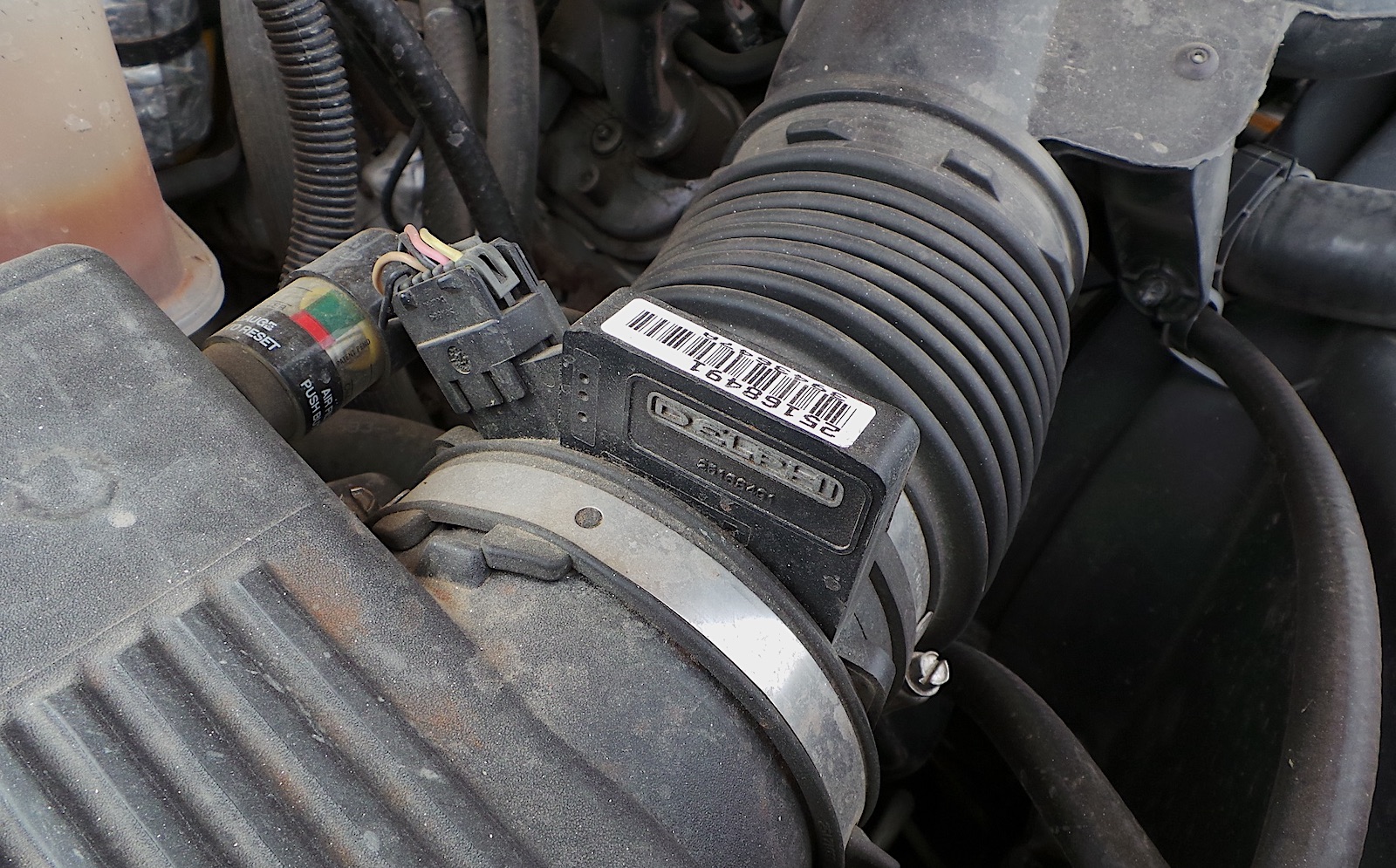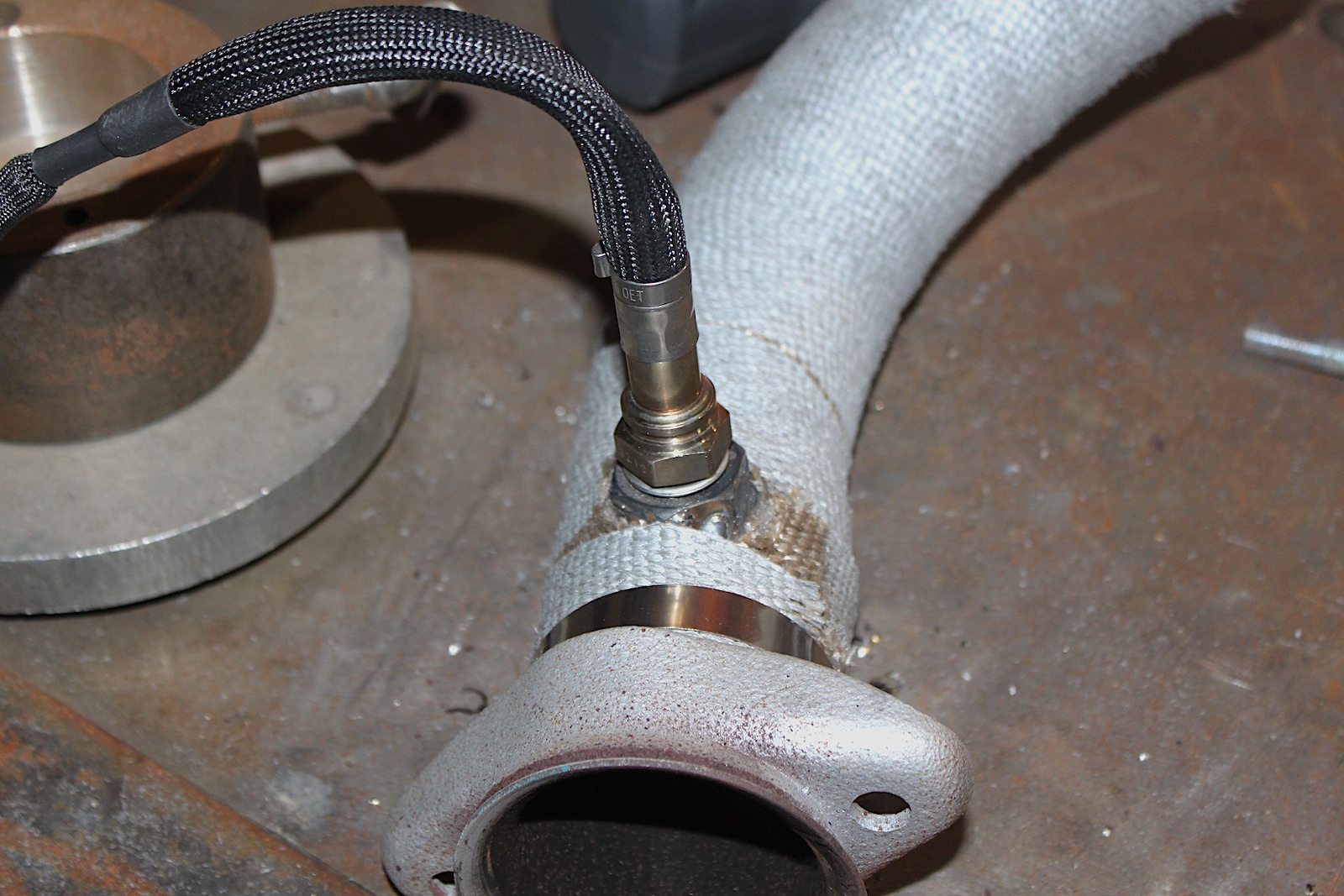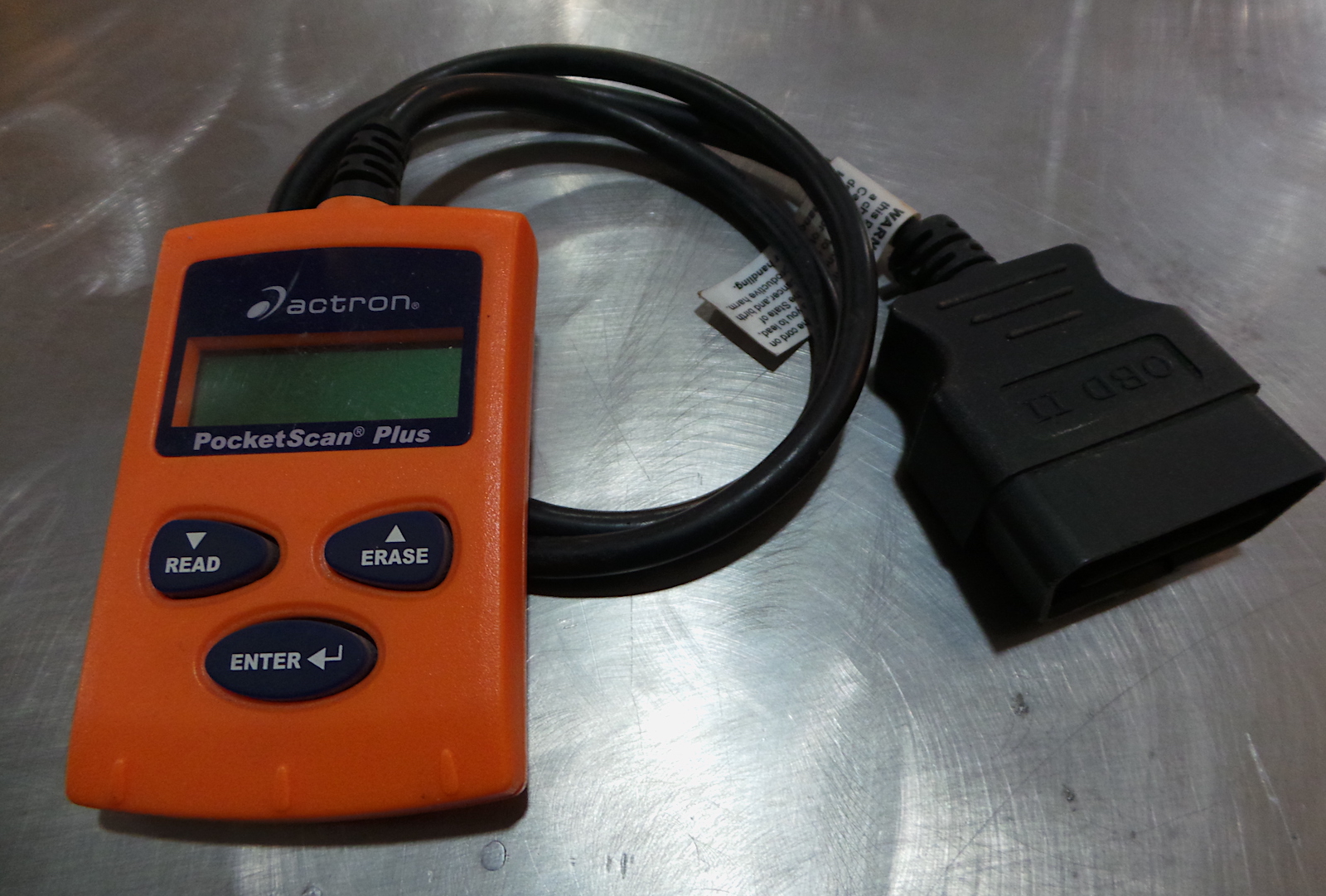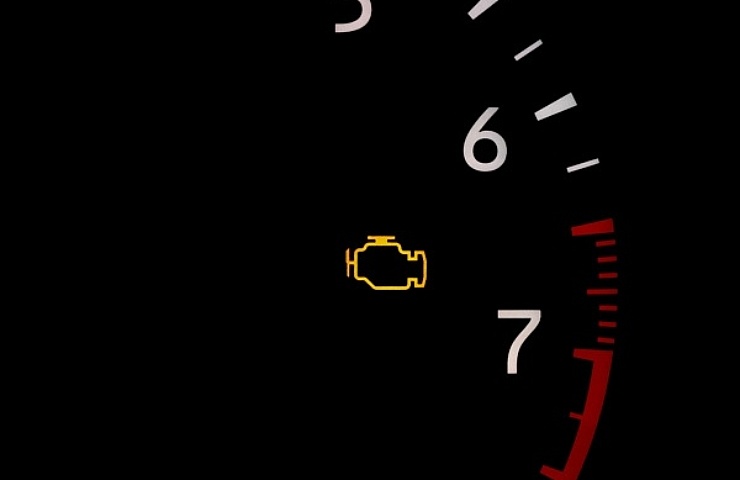Contents
There are a few common issues that can cause this—and some serious issues as well. You have to figure out what the problem is before you can fix it. Reduced engine power is a sign of a serious issue that needs to be addressed immediately.
Defining “Reduced Engine Power”
Reduced engine power is a failsafe mode used by the car’s computer, or engine control module (ECM), to protect the engine. Several things can trigger limp mode, including loose cables, low coolant, fluid, or oil levels, transmission errors, internal engine issues, and failing sensors. Any problem with shift solenoids, pressure valves, and heat will cause the transmission to go into limp mode.
The ECM will reduce engine power when one of these problems is detected. Every manufacturer is different, but most will lock the transmission into a specific gear—typically second or third—limit the engine rpm to 2,500 to 3,500, and send more fuel to the engine to prevent lean-burn conditions. You will be able to drive but at drastically reduced speeds. It is best to drive the vehicle to the first possible safe location for diagnosis.
What to Do If Your Car Goes Into Limp Mode
First, pull over as soon as possible to check your pressure and temperature gauges. The standard oil pressure minimum is 10 psi for every 1,000 rpm for conventional oil and five psi per 1,000 rpm for synthetic oil. However, modern engines should be closer to 30 to 60 psi above 2,000 rpm.
Did the engine overheat, or is it close to overheating? Anything above 230 degrees is in the danger zone. If the gauges show good levels, the next step is to check the coolant, transmission, and oil levels.

Loose or corroded battery cables can cause reduced engine power. Check your battery cables regularly to eliminate this problem.
While under the hood, look for loose or broken wires, disconnected plugs, or loose or corroded battery cables. A clogged air filter can trigger limp mode, so check to see if you can see daylight through the filter.
Shop now for air filters
A dirty air filter means your engine is struggling to breathe.
Certain sensors, such as mass airflow (MAF), manifold absolute pressure (MAP), and oxygen (O2) sensors, can cause limp mode. MAF and MAP sensors can be cleaned with MAF sensor cleaner, and it is always a good idea to keep a can in your vehicle support bag in the trunk. A few blasts of cleaner can often return the unit to working order and get you back on the road. Make sure you follow the instructions on the can. The same cleaner works on the throttle body if it’s the root of the problem.
Shop now for air and fuel intake sensors
The MAF (mass air flow) sensor is located between the air filter and the throttle body. These get dirty, so cleaning them may restore your engine’s performance.
If you get an O2 code, research the code for your specific make and model. It’s often due to something besides the sensor itself. O2 sensors can be cleaned, but they usually need to be replaced once they fail. Cleaning the sensor with a stiff brush may get it to work for a bit longer, but it will soon fail altogether. These typically cost between $50 and $150.
Shop now for oxygen sensors
Another sensor that can cause reduced engine power is the O2 sensor. Once O2 sensors start acting up, they need to be replaced.
Check ignition system components for damage or wear. Most modern vehicles use multiple coil packs rather than distributors. Look for damaged wires, loose plugs, or leaking fluid. If the coil is damaged, the engine won’t run well. Pull the spark plugs and look for wet plugs (oil or gas), black soot, or physical damage.
The fuel filter is another common cause of reduced engine power. It is commonly located underneath the vehicle, between the fuel tank and the engine. Each manufacturer recommends replacement intervals for its vehicles, so if your car has yet to have a fuel filter change within the recommended interval, you should swap it out.
Shop now for fuel filtersClearing Limp Mode Codes
You should always carry a cheap code scanner in your vehicle. They can be found on eBay for less than $50. You don’t need an expensive unit, just a basic model that can plug into your vehicle’s OBDII port and grab the codes so you can look them up. Knowing which codes are set will let you know if this is a simple fix or time for a tow truck.

You should always carry a code scanner in your vehicle to check codes when they show up. (Photo: Jefferson Bryant)
Most scanners have an erase function that will quickly delete the codes from the ECM. There are three types of codes: pending, active, and permanent. Pending and active codes can be deleted with a scanner. A permanent code cannot be deleted once set. The ECM must recognize that the condition has been fixed, and then it must remain fixed for a set amount of time, ranging from three startups to several hundred.
Some codes will delete automatically when you disconnect the battery’s negative terminal and let it sit for about 30 minutes. This is the best option if you do not have a scan tool. You won’t know what the code was, but if it doesn’t return, the fault was an intermittent issue that may or may not return.
Don’t Ignore Reduced Engine Power
If your vehicle experiences reduced engine power, you need to fix the problem as soon as possible. Sometimes, you can clear the code and go on because it was a temporary issue. But often, when you get a warning about reduced engine power, an issue must be addressed, or the car will just go into limp mode again soon.
If you experience a reduced engine power issue, continued driving can worsen the problem and cause more damage. It is highly recommended to take your vehicle to a service center for diagnostics as soon as possible.
Shop now for code readers




